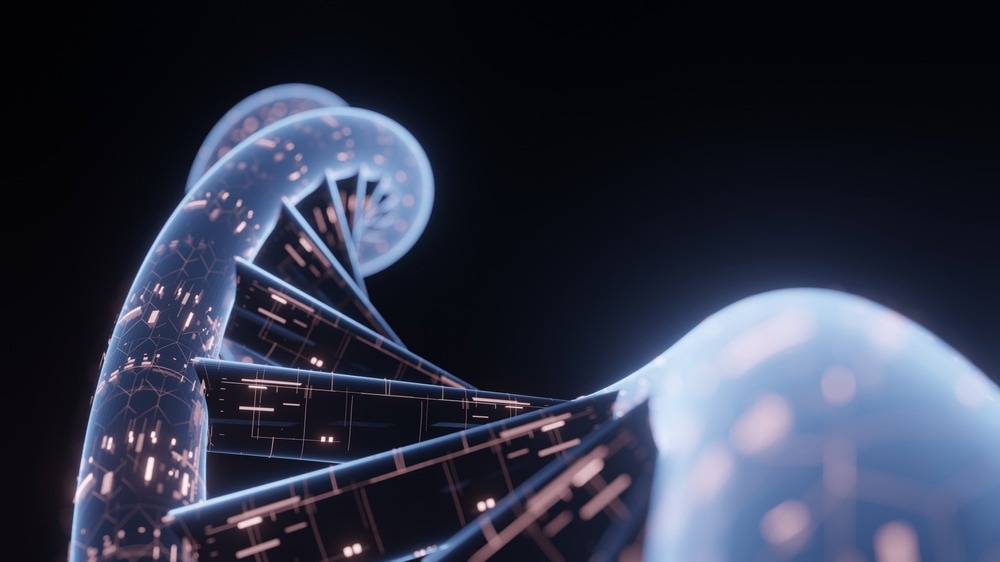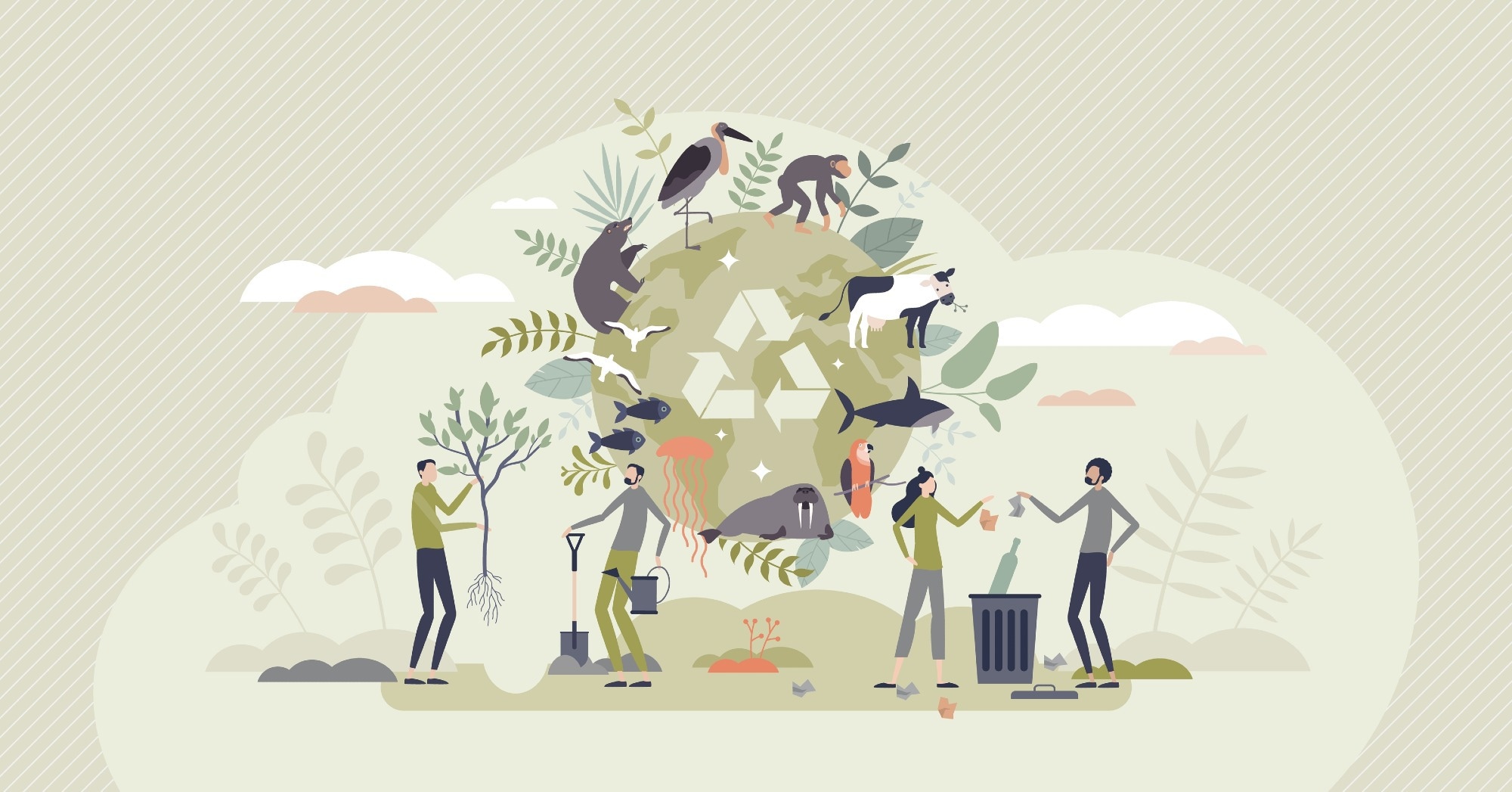Synthetic biology (Synbio) refers to the discipline of study that applies science, technology, and engineering to manufacture and modify genetic materials of living organisms. The construction of biological compounds, such as enzymes or cells, is designed to perform new functions.

Image Credit: kkssr/Shutterstock.com
There has been much progress in this field in the last decade due to the gene-editing tool CRISPR-Cas9; this identifies and cuts specific target genes allowing it to be utilized in other organisms, so they express the desired protein or characteristic. A wide array of databases also store information on different genetic parts and their functions, simplifying the process of genetic modification.
Synthetic biology is a relatively new field; its potential and risk are not fully understood. However, it has shown great potential in developing products to increase sustainability and provide solutions to environmental problems. This article will provide a brief overview of the role of synthetic biology in sustainability.
Pollution
Synthetic biology can be used to aid in reducing pollution, such as air and soil pollution. Certain microbes have been used for decades to identify and quantify pollutants; these have now been engineered to target specific toxins such as arsenic and mercury and produce a response. These synthesized microbial biosensors can generate a thermal, electrochemical, or bioluminescent signal upon encountering the targetted pollutant.
Some microbes can naturally decontaminate soil or water, and synthetic biology companies have harnessed these characteristics to transfer the protein to bacteria, allowing them to feed on these industrial chemicals and thus remove them from the environment. An example discussed is harnessing a group of bacteria called acetogens that live on converting one-carbon molecules, such as CO2, into complex and organic molecules. However, these are difficult to engineer and still require more research for this to be a viable option.
Preserving biodiversity
The role of synthetic biology in biodiversity is controversial as it has the potential to enhance or disrupt biodiversity conservation directly and indirectly.
Preserving biodiversity is possible by editing the genetic material of an organism to give it the advantage to survive against what is causing its’ extinction. American chestnut trees were one of the most dominating trees on the east coast until a fungus from imported chestnut seeds reduced their population by over 99%.
Scientists have since used synthetic biology to insert a gene into the chestnut embryos that detoxifies the fungus allowing it to survive the environmental threat. This has yet to be approved by the Food and Drug Administration (FDA) and the Environmental Protection Agency (EPA) to be released into the wild.
Genetic engineering has also been attempted with animals such as the black-footed ferret, endangered due to its susceptibility to sylvatic plague. There is an effort to identify a gene that will give them resistance and prevent its eradication.
It is also possible that this can indirectly disrupt conservations as the full extent of the impact is unknown. These engineered genes could affect non-target populations or species through wind pollination, changing the wider ecosystem and food webs.

Image Credit: VectorMine/Shutterstock.com
Feeding the world
Improving agriculture through synthetic biology has successfully improved food supplies and helped feed the world. This is especially important as the world population continues to increase and is expected to hit 10 billion by 2050, and climate change is jeopardizing our supplies via extreme weather, droughts, and higher temperatures.
Scientists have identified genes that encourage a plant’s root to grow deeper into the soil, and this is being studied to engineer these pathways and allows crops to become more embedded into the soil. This will make them more resistant to external stress, sequestering more carbon and enriching the soil.
Additionally, genes have been identified that enable legume microbes to use nitrogen from the atmosphere and convert these into nutrients. This has been studied, and the microbes of different crops have been engineered to perform a similar function and allow these crops to grow using nutrients instead of chemical fertilizers mainly produced from fossil fuels.
These are some novel strategies for improving agriculture, but synthetic biology has also been used to produce new food by genetically modifying microbes that are used to produce food.
Risks
Synthetic biology has the potential to contribute to a sustainable future, but as a field that is growing so rapidly, there are many unanticipated risks. As synthetic biology applications increase and their developments move into the real world, there is a risk that we may not fully understand their effects on the world and the ecosystem. It could interact in unexpected ways with other organisms in the wild and spread unchecked as it is a living and growing being that has been genetically edited.
There is also the potential of the knowledge being used to create a disease and become a bioterrorism weapon. New potential risks often accompany new knowledge; however, as sustainability continues to be a serious problem, we must explore solutions such as synthetic biology carefully and cautiously.
Continue Reading: The Revolution of Synthetic Biology
Sources:
- How Synthetic Biology Can Help the Environment. (2019, August 19). State of the Planet. Retrieved October 12, 2022, from news.climate.columbia.edu/.../
- French, K. E. (2019, April 9). Harnessing synthetic biology for sustainable development. Nature. Retrieved October 12, 2022, from www.nature.com/.../s41893-019-0270-x
- Scown, C. D. (2022, February 21). Sustainable manufacturing with synthetic biology. Nature. Retrieved October 12, 2022, from www.nature.com/.../s41587-022-01248-8
Further Reading
Last Updated: Jan 27, 2023